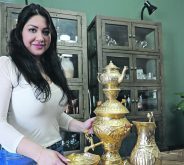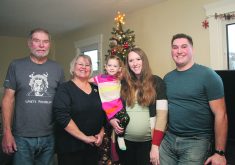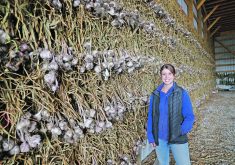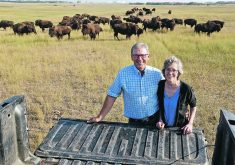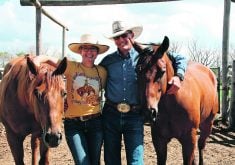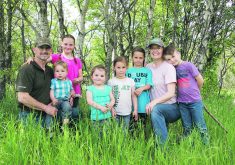Couple helps preserve a genetic line dating back to to the mid-1800s
ODESSA, Sask. — The deal was sealed with a handshake.
When Bill and Joanne Greenwood left the ranch of Washington Appaloosa breeder Gerry Messer and his son Kelly Messer in 2007, their future had been determined by one sincere grasp.
Messer was dying of cancer and he had one wish: to keep the bloodline of a particular family of Appaloosa horses alive. Messer had spent a lifetime preserving the genetic line that led directly back to the Nez Perce tribe that lived in the U.S. Pacific Northwest region.
Read Also
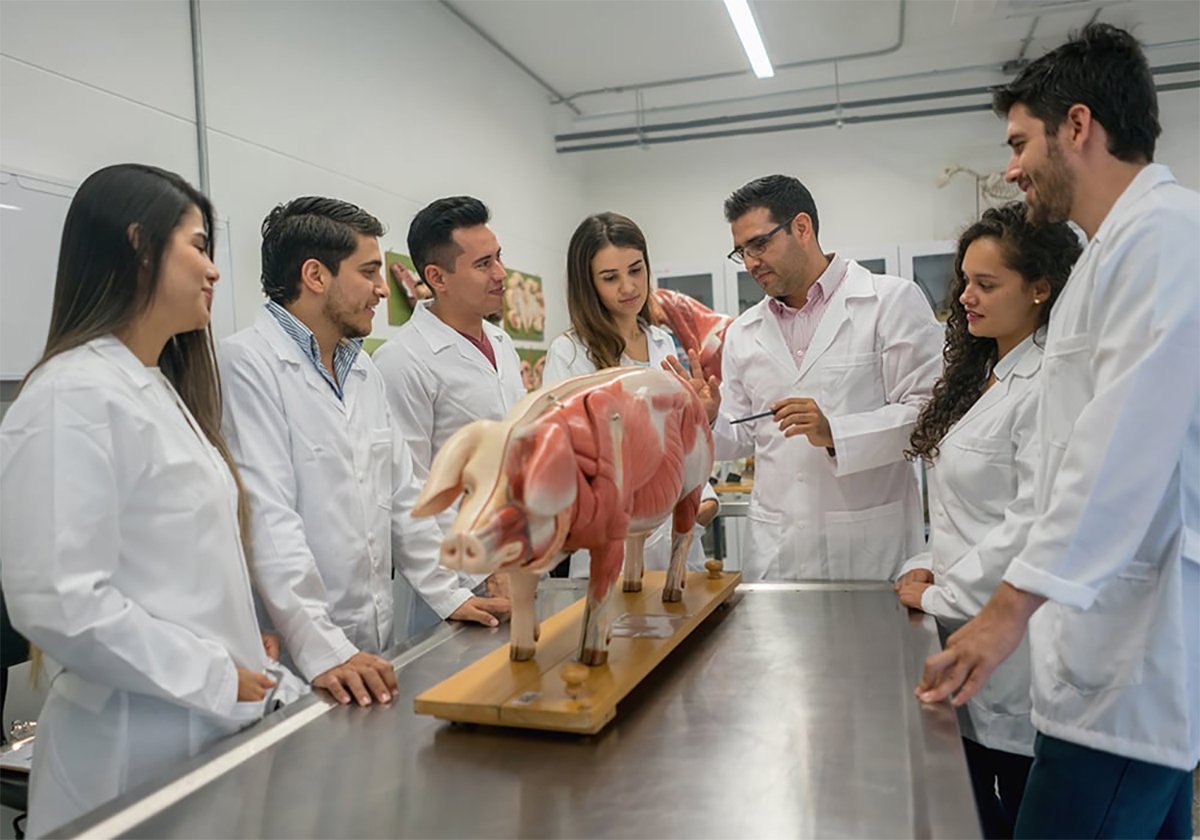
Students urged to consider veterinary medicine
Alberta government makes $86.5 million investment in University of Calgary to double capacity for its veterinary medicine program to address labour shortages in the field.
Nez Perce people and their Appaloosas were systematically slaughtered by the American army in the Nez Perce War. One of the tribe’s most famous leaders, Chief Joseph, surrendered to the U.S. Calvary in 1877. By that time, most of the Nez Perce Appaloosa line, known for its speed, endurance and unique colouring, had been wiped out.
A handful of North American breeders sought to keep the intelligent and majestic line of horses alive. Messer owned a stallion called Apache’s Kid Galahad (known as Galahad), which was renowned for its “leopard complex” pattern featuring a spotted coat of black and white.
The Greenwoods travelled to Messer’s ranch in Washington to pick up a young filly to begin their retirement project as novice Appaloosa breeders.
They were enchanted by Messer’s commitment to keeping the Nez Perce Appaloosa line alive and after a week at the ranch, they decided to follow in the Washington breeder’s footsteps.
In 2010, they got a call that Messer wanted to give the Greenwoods his prized herd of rare Appaloosas, including foundation stallion Galahad.
“At that time, we made an agreement. It wasn’t a contract, but it was a handshake between friends that I would look after his horses and make sure that the breed didn’t disappear,” said Bill.
Bill and his wife, Joanne, both retired educators who had grown up in Canada, subsequently bought a farm in Odessa, Sask., so they could house their growing herd of Appaloosas. They built a state-of-the-art birthing barn with 24-hour monitors at their Ghostwind Appaloosas farm and proceeded to breed the purest form of Nez Perce horses possible.
They became part of the Appaloosa Project, a worldwide initiative by American and Canadian researchers, to investigate the nature of Appaloosa genetics.
Testing confirmed that Galahad was a foundation or purebred Appaloosa. It was also found to be monozygous for the leopard gene, meaning his colts would be Appaloosa patterned or spotted 100 percent of the time regardless of the mare’s colouring.
The Greenwoods have one of the largest foundation Appaloosa herds in North America with 60 horses expressing a variety of Appaloosa patterning from the spotted leopard to the nearly solid few spot and the prized ghost wind.
The ghost wind Appaloosa was a Nez Perce medicine horse, which could be identified by three distinctive black spots on the left side of its face. The Greenwood’s first stallion, HMH Phantom Spirit, has ghost wind patterning and a personality to match.
“According to legend, the ghost wind was the war horse who could go to battle and when it was over, an eight-year-old kid could walk it back into the herd. That’s the type of temperament they have and Phantom’s temperament matches that to a T,” said Bill.
The Greenwoods have one other ghost wind stallion, Apache Solar Dancer, in addition to their prized leopard stallion, Galahad. Between the three foundation stallions, six to eight colts are produced on the Odessa ranch annually. Galahad is the most consistent producer of the prized and rare leopard-patterned foal, having thrown the spotted colouring 100 percent of the time when bred to a variety of foundation Appaloosa mares.
The Greenwoods retain a small number of rare foundation colts to enhance their breeding program.
The retired couple selects where their colts will go, choosing people who will not only take care of their horses but will continue to breed them as pure Appaloosas.
“It’s not a question of money for us, it’s that the right horse has the right home, which is exactly what Gerry would have done,” said Bill.
The Greenwoods have had horses go as far as Switzerland, Slovakia and throughout the United States with prices ranging from hundreds of dollars to thousands. Bill estimated that Galahad, aged 22, is worth about $150,000, but said he would never sell him because of the handshake with Gerry Messer.
“We want to pass the legacy on to the younger passionate breeders, the ones who will take this on and continue the Nez Perce Appaloosa breed into the future,” said Bill.
While Bill and Joanne’s early horse experience involved recreational riding with Quarter horses, the Appaloosa breed has become their sole passion.
“There’s just something about them that is truly majestic. They are very smart and if we don’t take care of them they will disappear because they’ll be seen as a commodity rather than what they are, which is the backbone of what we have become in North America,” said Joanne.



